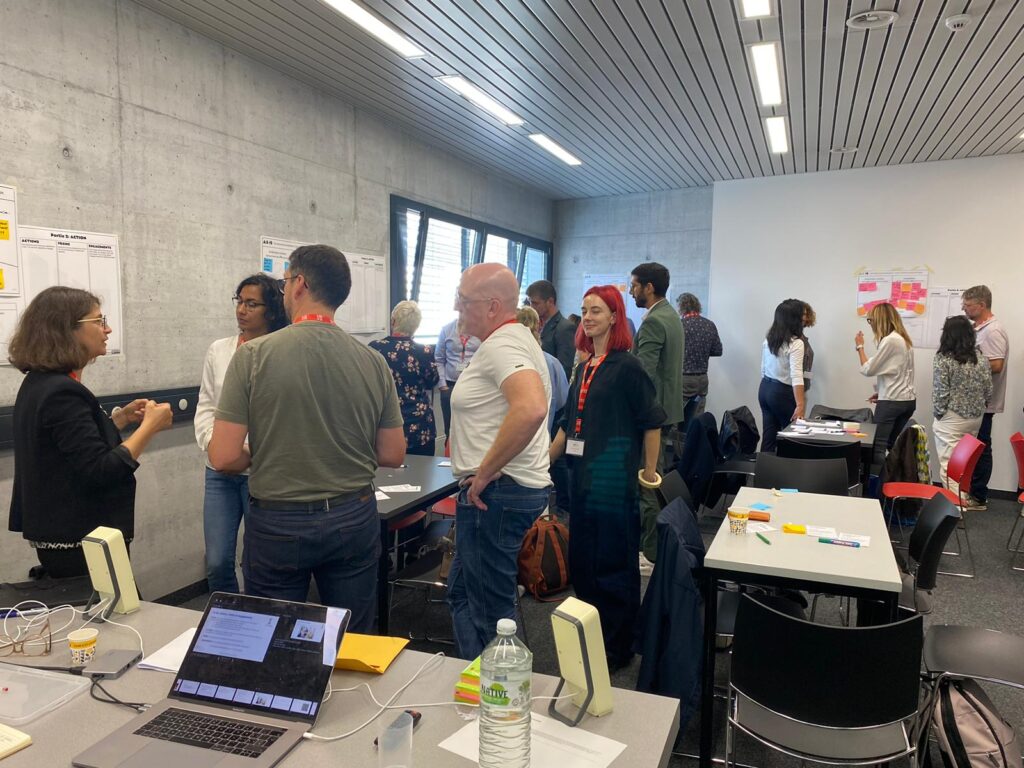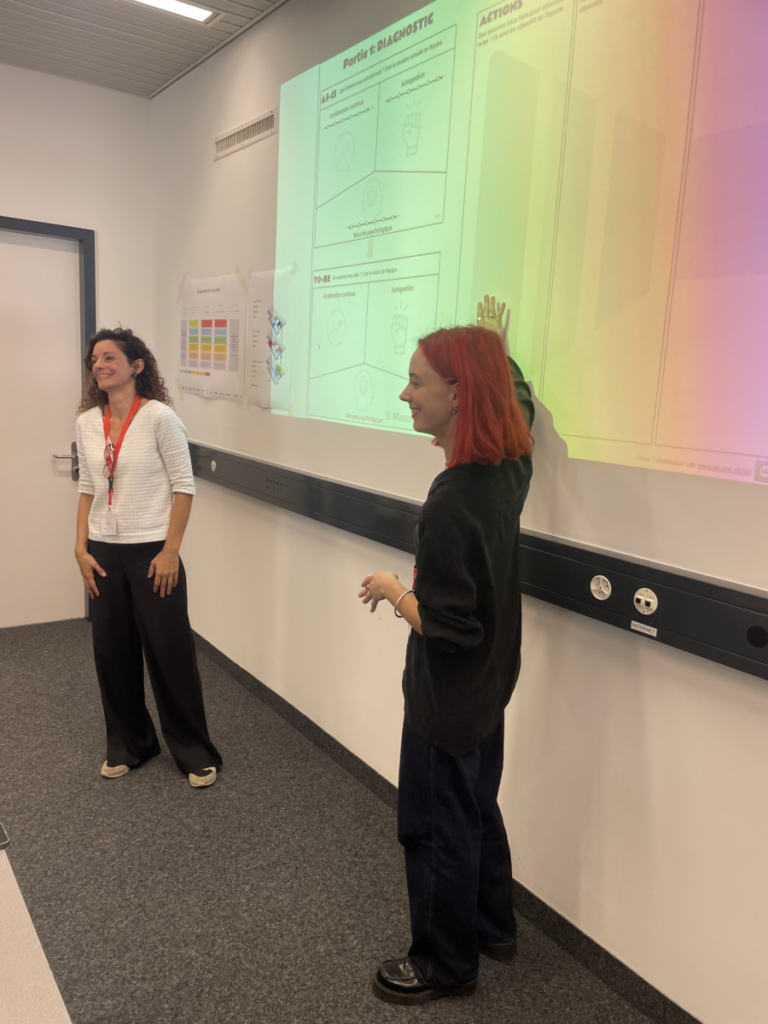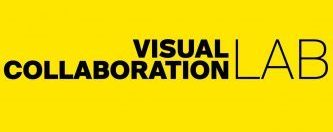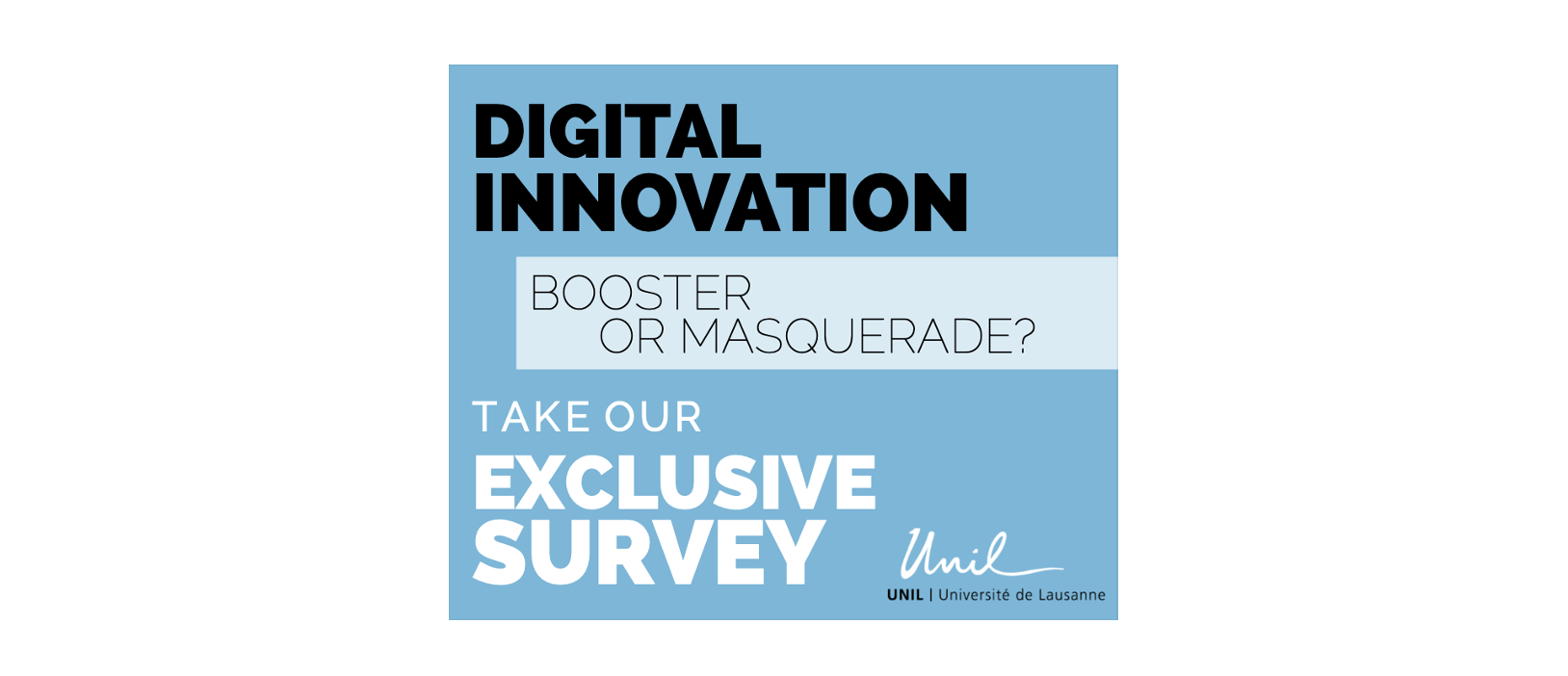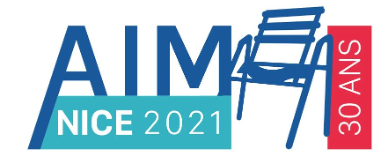On 13 September 2022, Dr. Désirée Krejci successfully defended her thesis titled: HOW INCUMBENT ORGANISATIONS INITIATE DIGITAL INNOVATION WITH NON-IT EMPLOYEES
Thesis summary: Big old companies surprisingly often fail to seize the opportunities that come with new digital technologies. These well-established “incumbent” organisations do not generally lack financial resources for digital innovation. Nor do they lack ideas for new digital products, processes, and services. Rather, their challenge lies in successfully managing the development of digital ideas, especially the digital ideas that come from employees who have only limited IT skills – so-called “non-IT employees”.
This thesis describes our findings from studying incumbent organisations that support non-IT employees in creating digital innovation. We identify three types of calls for ideas—formal, informal, and mixed—that enable non-IT employees to contribute their knowledge, skills, and creativity to the initiation of digital innovation. We find that the success of these calls for ideas relies on the careful orchestration of organisational competences, managerial processes, and individual practices. We describe how a big old company can leverage these elements to better navigate the initiation of digital innovation.
Résumé de la thèse: Les grandes entreprises établies ne parviennent souvent pas à saisir les opportunités offertes par les nouvelles technologies digitales. Elles ne manquent pourtant pas de ressources financières pour le faire. Elles ne manquent pas non plus d’idées pour de nouveaux produits, processus et services digitaux. Leur défi réside plutôt dans le développement d’idées digitales, en particulier d’idées digitales qui proviennent d’employés qui ont des compétences limitées en informatique – appelés les « employés non-IT ».
Cette thèse décrit notre étude d’entreprises qui soutiennent leurs employés non-IT dans la création d’innovations digitales. Nous avons identifié trois types d’appels à idées–formels, informels et mixtes–qui permettent aux employés non-IT de mettre leurs connaissances, leurs compétences et leur créativité au service de l’innovation digitale. Nous constatons que le succès de ces appels à idées repose sur une orchestration minutieuse des compétences organisationnelles, des processus managériaux et des pratiques individuelles. Nous décrivons comment une grande entreprise établie peut tirer parti de ces éléments pour mieux gérer l’initiation de l’innovation digitale.
